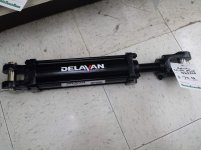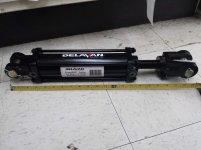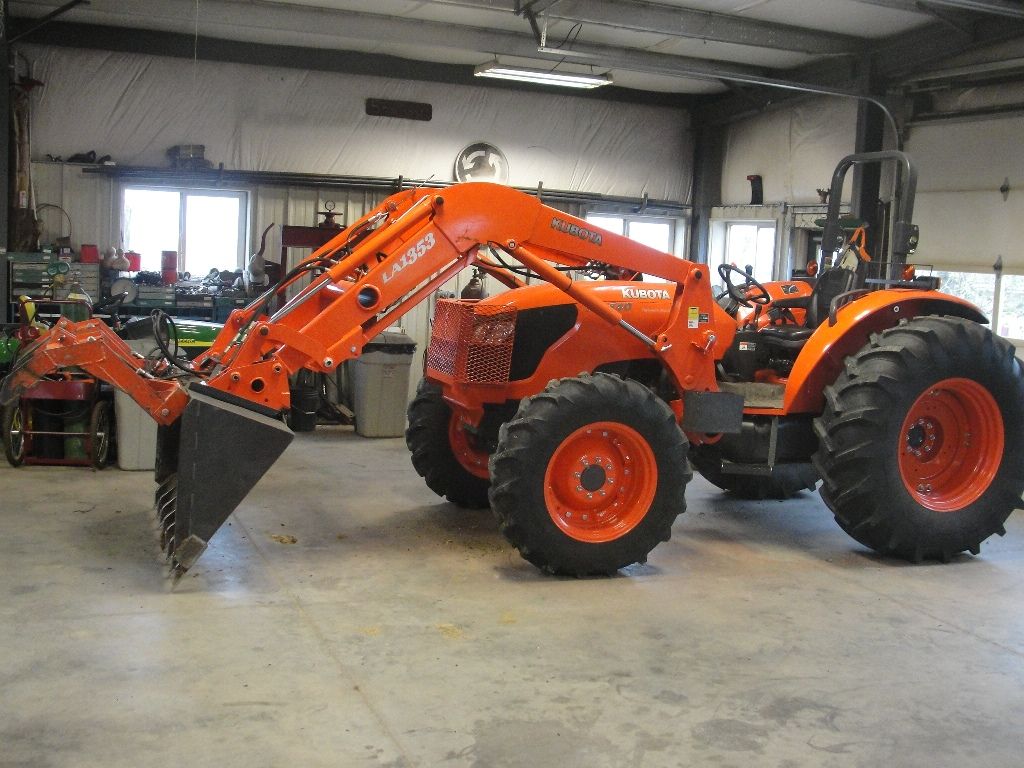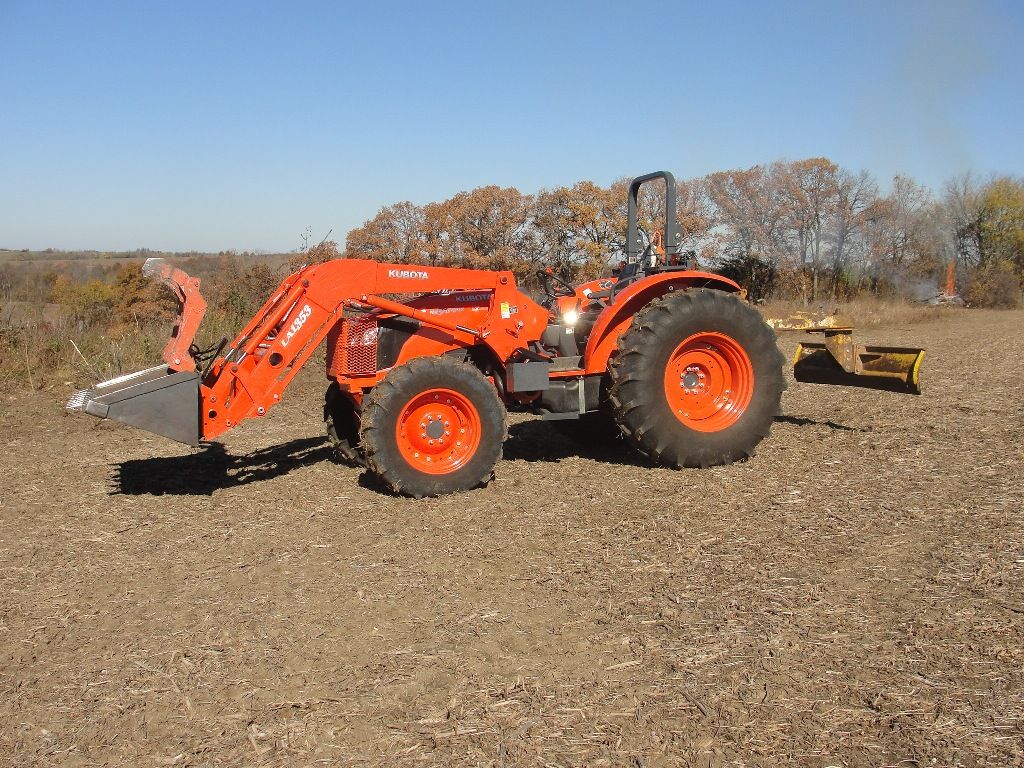TSO
Elite Member
Howdy... I'm building a single lid grapple bucket. 60" wide bottom, 32" wide top. Tractor is 47hp, weighs 5000 lbs, lifts 2650 (for power/sizing info related to strength issues).
What size (bore & psi ratings) cylinder do I need to have the strength I need, while still being affordable & durable? I'm only planning to use 1 cylinder with the lid. Also, what is the best way to determine (sight unseen) what overall length I need to place the pin locations for the cylinder ends, in relation to the stroke length? For example, if the cylinder is advertised as an 8" stroke, is there a common length I should use to determine the actual measured points that the "knuckles" will need to be spaced at (I'm assuming it's at least 3 additional inches overall from quick peeks) so I know what the shortest overall measured length will be while the grapple arm is retracted and in the "up" position?
And, is there a way to operate the cylinder by hand, WITHOUT having it hooked up to the lines, so I can be sure the stroke length works with my pin placements & such, before I finish weld everything?
Also, my local farm store (called Family Farm & Home) has this cylinder (Delavan Pumps Inc)... the price seems ok at around $80. It's 2.5 bore X 8" stroke. I don't think it's retracted all the way. How's the brand? Good, bad, ugly, other ???


Thanks in advance.
What size (bore & psi ratings) cylinder do I need to have the strength I need, while still being affordable & durable? I'm only planning to use 1 cylinder with the lid. Also, what is the best way to determine (sight unseen) what overall length I need to place the pin locations for the cylinder ends, in relation to the stroke length? For example, if the cylinder is advertised as an 8" stroke, is there a common length I should use to determine the actual measured points that the "knuckles" will need to be spaced at (I'm assuming it's at least 3 additional inches overall from quick peeks) so I know what the shortest overall measured length will be while the grapple arm is retracted and in the "up" position?
And, is there a way to operate the cylinder by hand, WITHOUT having it hooked up to the lines, so I can be sure the stroke length works with my pin placements & such, before I finish weld everything?
Also, my local farm store (called Family Farm & Home) has this cylinder (Delavan Pumps Inc)... the price seems ok at around $80. It's 2.5 bore X 8" stroke. I don't think it's retracted all the way. How's the brand? Good, bad, ugly, other ???


Thanks in advance.








